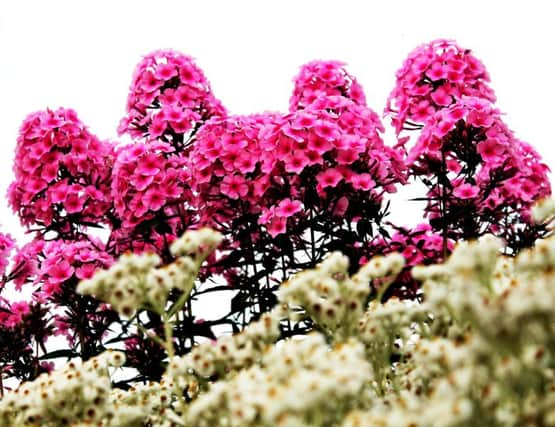A phlox on all their houses is no bad thing


Phlox prefer rich soil that does not dry out and partial shade. Better to avoid all-day sunshine and grow your phlox in no more than six hours of sun a day. In fact, they will usually be happy in four hours of sun – or none at all if the shade is from a wall or fence rather than a tree.
Phlox paniculata has large heads of flowers, which are hard to miss and which makes it particularly easy to team with virtually any other flowers.
Advertisement
Hide AdAdvertisement
Hide AdIn most gardens, these plants need staking or else they are likely to end up face down in the dirt. Breeders have produced sturdier varieties that can stand on their own stems and if space is an issue, there are several new dwarf varieties.
These new phlox come in series: groups of varieties which are all more or less the same height and flowering at about the same time but in different colours. So look for the Cocktail series (16in), Flame series (19-24in), Volcano series (24-28in) and Junior series (28in).
Phlox foliage has never been the biggest selling point but now there are modern variegated varieties to provide colour for months before any blooms appear.